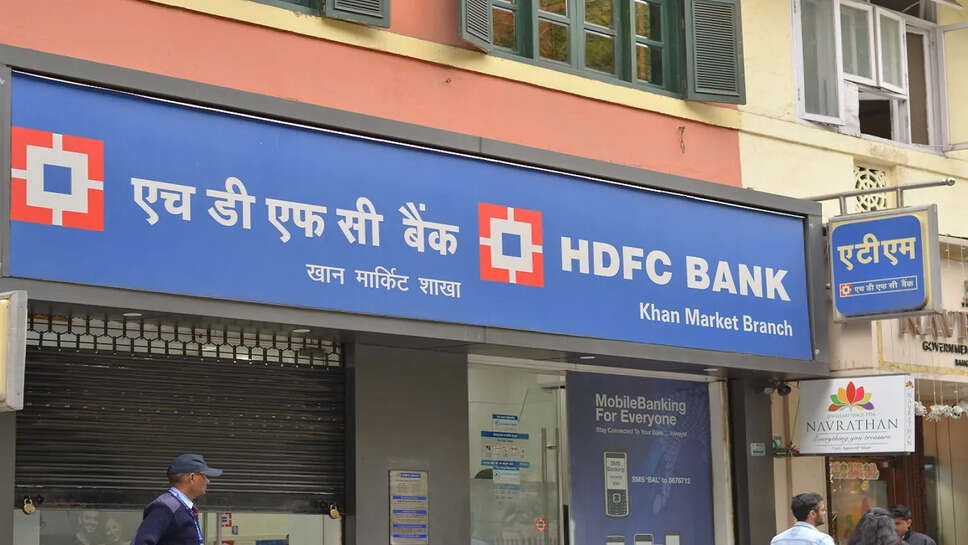Odisha Cracks Down on HDFC, ICICI, and Axis Bank Over Poor Welfare Scheme Performance

In a significant move that has sparked widespread discussion in the banking and governance sectors, the Odisha government has imposed curbs on three of India's leading private sector banks—HDFC Bank, ICICI Bank, and Axis Bank. These restrictions come in the wake of concerns over the banks' underwhelming performance in implementing and supporting various state-sponsored welfare and development schemes. The state’s decision reflects growing scrutiny of private lenders’ role in public service delivery and underscores a shifting focus toward performance-based engagement with financial institutions.
The Decision: What It Means
Odisha’s Finance Department recently issued a directive that curtails the involvement of HDFC, ICICI, and Axis Bank in several government-linked operations. Most notably, the state has barred these banks from handling fresh government business, including disbursement of welfare benefits, management of treasury operations, and linkage to key schemes such as direct benefit transfers (DBTs) and subsidy-related programs.
This means the three banks will not be eligible to open new accounts for various government schemes, handle salary disbursements for government employees, or manage funds related to welfare programs like the Pradhan Mantri Awas Yojana (PMAY), National Social Assistance Programme (NSAP), and the MGNREGA wage payments.
The restrictions are not permanent but serve as a warning and performance review trigger, indicating the government’s dissatisfaction with their current functioning in social banking areas. This move is expected to act as a wake-up call not only for these three institutions but also for other private players working with the government.
The Reasons Behind the Curbs
At the heart of the decision lies a series of concerns related to the poor outreach, delayed services, and non-cooperation exhibited by these banks in supporting the state’s financial inclusion goals. Several government departments reportedly highlighted issues such as:
-
Low penetration in rural and remote areas, where public sector banks have managed to maintain a stronger presence through brick-and-mortar branches or banking correspondents.
-
Delayed crediting of welfare benefits to beneficiaries' accounts, leading to dissatisfaction and trust issues among the public.
-
Inadequate support for financial literacy drives and social sector schemes, which form a key part of the government’s strategy to uplift economically vulnerable populations.
-
Non-compliance with state directives regarding the opening of bank branches in underserved blocks and gram panchayats.
For example, despite repeated requests from the state to open more branches in tribal and backward districts, these banks reportedly failed to act promptly. Moreover, complaints about long queues, network issues, and lack of assistance to the elderly or illiterate individuals at bank branches added to the frustration of local officials.
Broader Concerns: Private Banks vs. Public Responsibility
This episode highlights a broader and ongoing debate in India about the role of private banks in serving public welfare objectives. While private sector lenders have long been appreciated for their efficiency, digital infrastructure, and customer-centric services, their involvement in grassroots-level financial inclusion remains limited.
Public sector banks (PSBs), though often criticized for inefficiency and bureaucracy, have historically played a more active role in implementing government schemes, especially in less profitable regions. Their larger branch network, deeper community engagement, and stronger government ties make them the preferred choice for many social sector programs.
The Odisha government’s action reflects a growing sense of accountability that it expects from private banks if they wish to partner in government business. With increasing digitization and direct transfers, the government relies heavily on banks for last-mile delivery. Poor performance in this area not only disrupts service but also undermines public confidence in the system.
Financial Implications for the Banks
The restrictions could have financial consequences for the banks, given that government-related accounts and transactions form a significant portion of banking operations in several districts. Although government business may not be the primary revenue driver for these private players, it does offer long-term brand loyalty, access to low-cost deposits, and potential for cross-selling products such as insurance, mutual funds, and loans.
Additionally, being frozen out of government operations in a state like Odisha, which has been increasing its expenditure on welfare programs, could limit the banks’ market expansion and presence in rural and semi-urban markets.
Reactions from the Banks and Industry
While the banks have not issued formal public statements in response to the curbs, sources within the banking sector suggest that internal reviews are underway to address the concerns raised. It is likely that the banks will engage in dialogue with the state government to regain their standing and reestablish trust.
Banking associations and analysts have also taken note of the development, suggesting that this might lead to more states evaluating private bank performance in welfare schemes. If Odisha’s action sets a precedent, similar moves could be seen in states like Chhattisgarh, Jharkhand, or even parts of Maharashtra and Madhya Pradesh, where rural banking needs remain high.
Industry experts point out that while private banks are businesses and need to balance profitability, they also operate under regulatory obligations and are expected to fulfill basic service mandates when partnering with the government. Financial inclusion is not merely a CSR activity but a national priority.
Way Forward: Accountability and Reform
The Odisha government’s move can be interpreted not as an outright rejection of private banks but rather as a call for more responsible partnership. The state has made it clear that any financial institution seeking to do business with the government must align itself with its welfare and inclusion goals.
For the banks, this is an opportunity to reassess their rural strategy. Expanding digital infrastructure, recruiting local banking correspondents, enhancing mobile banking penetration, and deploying multilingual, user-friendly customer service options could help bridge the current performance gap.
From a governance perspective, such steps also signal the beginning of a more performance-driven approach in public-private collaborations. Regular audits, public feedback mechanisms, and key performance indicators (KPIs) could soon become standard for banking partners involved in government business.
The Odisha government’s decision to restrict HDFC, ICICI, and Axis Bank from participating in new government business marks a bold and necessary shift toward accountability in banking partnerships. It serves as a reminder that financial inclusion is not just about opening accounts but about delivering consistent, quality services that empower citizens.
As the digital economy expands and welfare delivery becomes increasingly dependent on banking infrastructure, both public and private sector banks must evolve to meet these expectations. If private banks wish to retain their place in this ecosystem, performance, not pedigree, will determine their role in the future of inclusive development.
